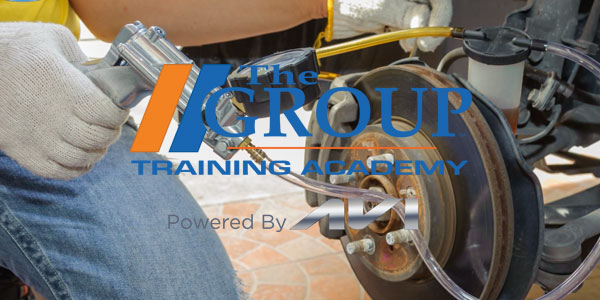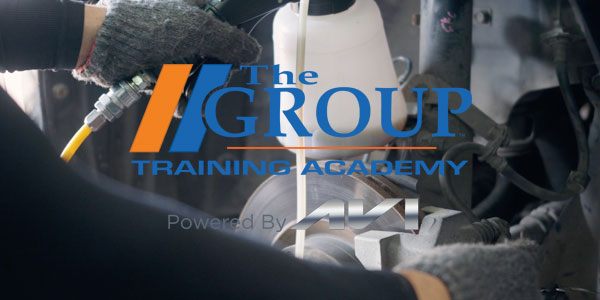This story was part of Counterman’s annual Technical Sales Seminars, which was published in the April 2009 issue.
Brake linings are a wear item, and the more miles a vehicle is driven, especially in city traffic, the more the brake linings wear. After 35,000 to 65,000 miles, the front pads are usually worn down to minimum thickness specifications and need to be replaced. The rear pads or shoes don’t work as hard so they don’t see the heat that the front pads do. Consequently, the rear linings typically last 20,000 to 30,000 miles longer than the ones up front. But eventually they wear out, too.
PUTTING OFF THE INEVITABLE
Brake pads and shoes are rarely replaced for preventive maintenance. Unless somebody inspects the brakes and discovers the linings are worn down, most motorists just keep on driving until they hear metal scraping against metal. Even then, they may put off having their brakes fixed — which is dangerous and usually ends up costing them more because they have ruined their rotors.
So when a customer comes in and asks for new set of brake pads, what do you say? Once you’ve gotten the basic information needed to look up the pads (year, make and model), do you recommend a certain grade or type of replacement pad? Many counterpros don’t, and simply say, “We’ve got this brand and that brand and here’s the prices.” They’re not selling anything except maybe price, which is not the most important criteria for selecting brake linings.
Most motorists want replacement linings that are at least as good as the original linings that came on their vehicle. These would be a standard grade, or in some cases maybe a premium grade of pad depending on how the friction supplier has positioned and priced their products.
The “value” linings with the cheapest price are usually the ones you would not want on your own car, so you shouldn’t recommend them to a customer who obviously isn’t trying to cut corners. Value linings have a place in the food chain, but they are for bottom feeders. You know the type: the customer who is selling or trading their old car and just wants to patch up the brakes enough so the car will stop. This isn’t to say value linings are not safe. They are, and they must stop the vehicle in a reasonable distance. But they often come up short in longevity, noise control, fade resistance and pedal feel.
The least expensive pads are made with friction materials that contain the least expensive ingredients. That’s why they cost significantly less than standard or premium grade pads. Value pads may also not have any slots or chamfers that dampen vibrations to reduce noise because it requires an extra manufacturing step. Value pads may also use smaller quantities of expensive fibers, substituting cheaper fillers. Consequently, the pads fade and wear more rapidly when they get hot.
STANDARD GRADE
Okay, so are standard grade friction materials the best recommendation? For many applications, they are. Most of the replacement products that are positioned as standard replacement for the original equipment pads will have similar friction and performance characteristics. That’s fine provided your customer is not a “severe service” type of driver with a heavy foot, or one who spends a lot of time riding the brakes in heavy city traffic, or one who gets tired of seeing the alloy wheels on his expensive European luxury sedan coated with black dust, or somebody who racks up a lot of miles and wants to extend the service interval between brake jobs. For these types of customers, there are numerous upgrade opportunities with premium grade brake pad.
THE BEST MATERIALS
Premium pads are typically made with the best materials, and feature all the things that make this type of pad special. There are slots and chamfers to dampen vibrations and noise. The backing plates may be stainless steel or plated to resist corrosion that can cause sticking and lining separation. The ingredients in the friction material are top of the line, and provide the best combination of wear, fade resistance, pedal feel and noise control. Consequently, they cost more — sometimes a LOT more. But for customers who want the best, upgrading to some type of premium friction material that has been specially engineered for their vehicle, the extra cost is well worth it.
One of the changes that has occurred in recent years is the development of more vehicle-specific friction formulas. Instead of using one, two or a handful of basic formulas for every make, model and kind of driving, most aftermarket brake suppliers now use a wide variety of friction formulas that more closely match specific kinds of applications and driving. That means better brakes and happier customers.












